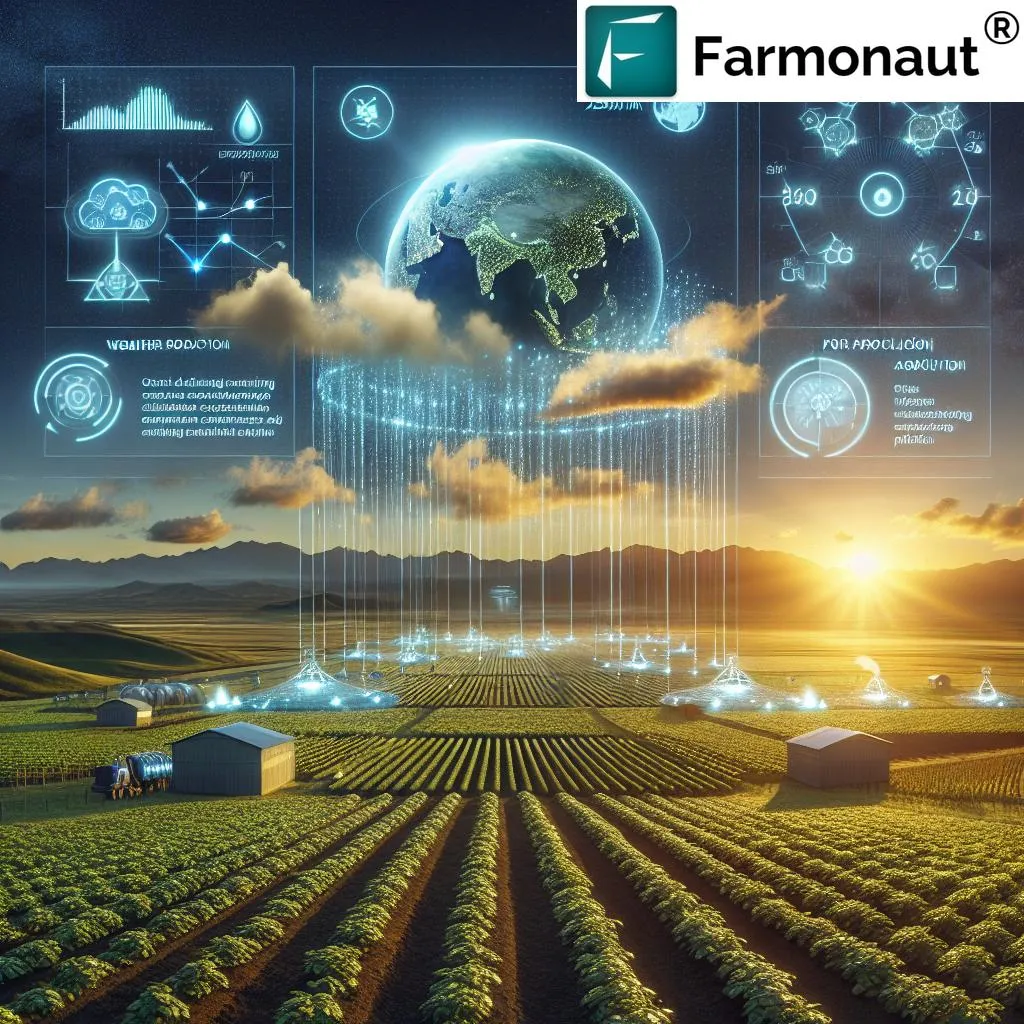In the heart of the United Arab Emirates, a researcher is pioneering a technological revolution that could reshape the future of agriculture, particularly in energy-sensitive and connectivity-limited environments. Muhammad Usman Tariq, from the Department of Marketing, Operations, and Information Systems at Abu Dhabi University, has developed an edge-enabled smart agriculture framework that promises to bring precision farming to the next level.
The framework, detailed in a recent study published in *Results in Engineering* (which translates to *Engineering Results*), integrates Internet of Things (IoT) devices, lightweight deep learning, and rule-based agentic AI to enable real-time, autonomous decision-making in farming. This innovation is set to reduce latency and cloud dependence, addressing critical challenges in modern agriculture.
At the core of this system are two vision-based models. One is designed for weather classification, capable of identifying 11 different weather conditions such as frost, lightning, rain, and sandstorms. The other model focuses on crop identification, recognizing five major crops. Both models are built on the MiT-B0 Vision Transformer architecture and optimized for low-resolution (128 × 128) image inputs, making them suitable for resource-constrained hardware often found in rural areas.
“The accuracy of these models is impressive,” says Tariq. “We achieved an accuracy of 88% for weather classification and 93% for crop identification. These models are not just accurate; they are also efficient, running seamlessly on low-power devices.”
The system’s capabilities extend beyond mere identification. The predictions made by the models are interpreted by a rule-based agentic AI layer, which triggers actions across multiple IoT actuators. These actuators include smart irrigation systems, NDVI sensors, frost alarms, drones, and pest detectors. The decision engine supports both joint rule logic—such as activating hail protectors when hail is detected in maize fields—and fallback single-condition rules.
Tariq’s research demonstrates the potential for scalable and intelligent smart farming, aligning with the goals of sustainable Agriculture 4.0. By minimizing cloud dependency and reducing communication overhead, the framework addresses the unique challenges faced by farmers in energy-sensitive and connectivity-limited environments.
The commercial impacts of this research are significant. For the energy sector, the framework’s low-power operation and efficient use of resources could lead to substantial energy savings. This is particularly relevant in regions where energy costs are high or where reliable connectivity is a challenge.
The integration of edge computing and IoT devices in agriculture is not just about improving efficiency; it’s about creating a more sustainable future. As Tariq puts it, “This framework is a step towards making agriculture more intelligent, more efficient, and more sustainable. It’s about empowering farmers with the tools they need to make informed decisions, even in the most challenging conditions.”
The research also highlights the importance of lightweight deep learning models in resource-constrained environments. These models, optimized for low-resolution inputs, demonstrate that high accuracy and efficiency can go hand in hand. This could pave the way for similar applications in other industries where resource constraints are a challenge.
As we look to the future, the potential for this framework to shape the development of smart agriculture is immense. It offers a glimpse into a world where technology and agriculture intersect to create a more sustainable and efficient food production system. And with researchers like Muhammad Usman Tariq at the helm, the future of agriculture looks brighter than ever.

